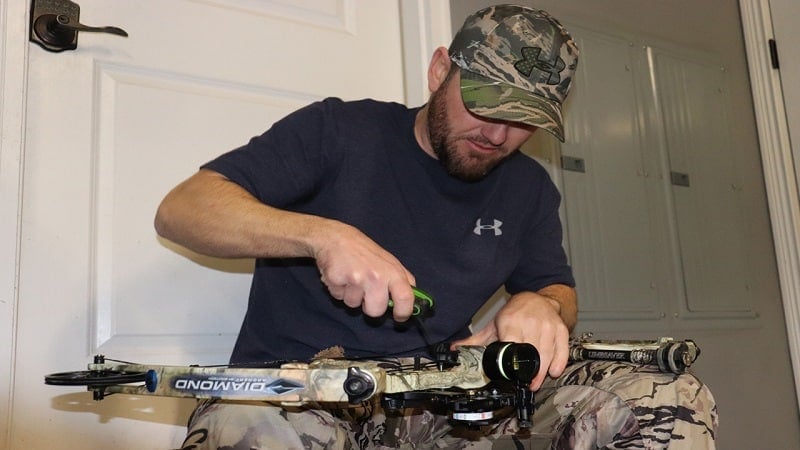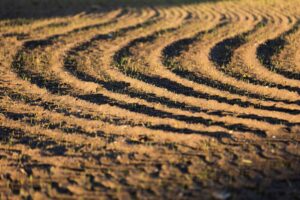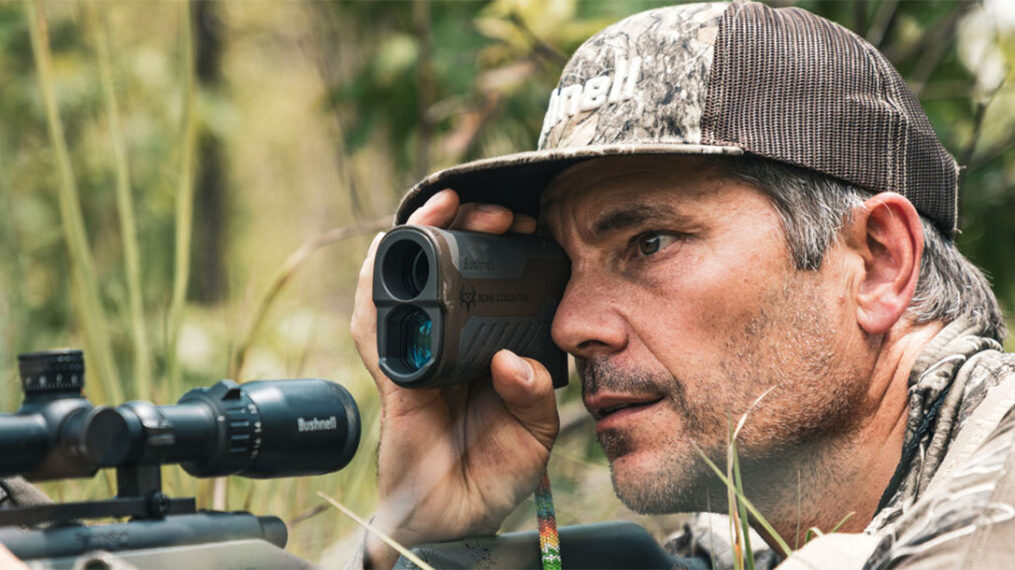Are you possibly unintentionally damaging your bow, the most critical tool in your bowhunting arsenal?
As an enthusiast new to archery or bow-hunting, you might be surprised to learn that shooting to light arrows could lead to personal injury and a compromised bow.
But no need to fret.
We’re about to explore some common mistakes you might be making and how to avoid them, ensuring you can optimize your skills and maintain your bow’s longevity.
Contents (Jump to Topic)
ToggleStay with us; you want to take advantage of this.
Don’t Leave the Cam in the Dirt
Several issues can arise when the cam of your bow comes into contact with dirt.
Firstly, dirt and grit can get into the cam’s workings. This affects its smooth operation and can lead to premature wear and tear.
Cams are precision instruments; even a tiny amount of dirt can impact the bow’s performance, potentially leading to decreased accuracy and consistency in your shots.
The Dangers of Excessive Heat and Leaving Bows in Cars
While keeping your bow’s cam clean is crucial, it’s equally important to be aware of the damage caused by leaving it in a hot car.
The heat can soften the glue in your recurve bow’s limbs, leading to delamination or separation, potentially wrecking your bow’s structural integrity.
Prolonged exposure to such high temperatures can cause your bow’s limbs or riser to warp.
Moreover, the heat can cause your bow’s strings and cables to expand or contract.
This affects the bow’s tuning and your shooting accuracy, which is critical for bow hunters.
The heat can also cause the adhesive used in your arrow rest, sight, or stabilizer attachments to weaken, affecting their stability and functionality.
Avoiding Bowstring Wear
Keeping your compound bow’s string in top condition is vital.
When navigating through dense vegetation, the risk of your bowstring rubbing against branches, thorns, and brambles is high, leading to fraying.
To prevent this, choose clearer paths or employ a bow sling for added protection. Equally important is how you store and transport your bow.
Avoid placing it where the string might rub against rough surfaces, like in a truck bed or against other gear.
A padded bow case is essential to keep the string and cables secure and undamaged.
Be careful not to lean it against abrasive surfaces or rest it on the ground, which could directly damage the string.
Also, pay attention to your bow stand; ensure it’s compatible with your bow and free of edges that might rub against the string.

The Consequences of Using Arrows That Are Too Light
Using arrows that are too light for your bow is akin to dry firing, which is a high-risk practice for both the archer and the equipment.
When you release the bowstring without the proper resistance provided by an adequately weighted arrow, the energy generally transferred to the arrow has nowhere to go.
This excess energy gets redirected back into the bow, putting immense strain on its components.
The result? You’re risking severe damage to the bow’s limbs, riser, and other critical parts.
The Risks of Storing a Wet Bow
- Degradation of Bow Materials: Water exposure, especially over an extended period, can weaken and damage the materials used in bows. For instance, wooden components can swell, warp, or even rot. Modern composite materials, while more water-resistant, are not entirely immune to moisture either.
- Corrosion and Rusting: Metal parts of a bow, such as screws, cams, and other hardware, are susceptible to rust and corrosion when exposed to moisture. This can lead to premature wear.
- String and Cable Deterioration: The bowstring and cables are crucial for a bow’s performance. When stored wet, they can absorb moisture, leading to stretching, fraying, or weakening of the fibers.
- Mold and Mildew Growth: Moist environments breed mold and mildew. These can grow on the bow and its accessories, like the quiver or case.
Before you go..
Treat your bow with the utmost care. Imagine it as a delicate instrument that could break if not handled with respect.
This mindset will not only extend your bow’s life but also ensure its precision and effectiveness.
Happy shooting!






